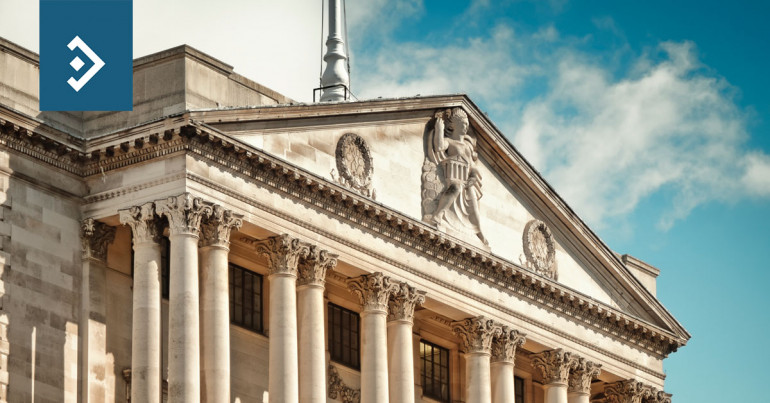
Bank of England drives GBP upside
Morning mid-market rates – The majors
31st January: Highlights
- Rate cut a red herring but jump in Sterling to be investigated
- Weak Q4 GDP hits dollar
- Confidence data provides further evidence of bottoming out
March cut also priced out
With Brexit finally happening and the EU “blinking first ” by extolling the virtue of their position on trade based upon the size of their market, their confidence could easily backfire.
Leo Varadkar the Irish Prime Minister, who faces a General Election imminently, was quoted as saying that the fact that the EU is a market of 400 million versus a UK market of 60 million puits the EU in a stronger position.. Surely that is an advantage to the UK since the UK has a market to sell into of 400 million people, while the UK is a mere 15% of that size. The UK will have a far greater target market.
The U.S., chastened by Boris Johnson’s agreement to allow Huawei selective entry to the 5G network sent Secretary of State Mike Pompeo to London to talk with Johnson and Dominic Raab, the Foreign Secretary. Following the discussions Pompeo was very positive about the future of a UK/U.S. trade deal. He obviously accepted Johnson’s reassurance of his intention to phase out Huawei’s involvement in 5G if the UK no longer needs its currently used equipment.
The pound mysteriously rallied strongly in the moments immediately before the announcement from the MPC and the Financial Markets Authority will investigate trading patterns to see if there is any evidence that there may have been a leak
The pound managed to maintain most of its pre/post MPC gains, closing at 1.3091, having reached 1.3111 earlier.
Considering your next transfer? Log in to compare live quotes today.
Q4 growth weaker than expected
Having grown at a rate of 1.7% in Q3, growth fell to 1.5% in Q4 according to preliminary data. The annual rate remained at 2.1%. It is clear that the members of the FOMC will have had sight of the data at their meeting, so it should have been clear that the data may not be as strong as market expectations.
The rate of growth in Q4 was the weakest in three years and this coincided with the level of personal consumption also weakening dramatically.
The CHF and JPY were the main gainers as the flight to excellence driven by the Coronavirus epidemic in China continued. There are now 18 countries with confirmed cases of the virus with cases in every Chinese state.
Following several airlines announcing restrictions, the World Health Authority declared that Coronavirus is a global emergency. With cases at the epicentre of the outbreak continuing to rise the effect on the global economy is going to drive GDP lower but there is no idea yet how bad the blow will be.
The Fed’s preferred measure of inflation, Personal Consumption Expenditures, grew by just 1.3% in Q4 QoQ versus a 2.1% rise in the previous quarter.
The Fed’s claim that it can tolerate higher inflation was met by an economy which points to lower rates.
The dollar index fell away from resistance at 98.20 to make a low of 97.79, closing at 97.86.
Data shows economy in tauper
Services sentiment fell from a revised 11.3 in December to 11.1 in January. Consumer confidence, which had been fairly supportive, was unchanged at 8.1. Industrial and business confidence were a little weaker as the economy struggles for traction.
Remember Mario Draghi’s mantra that the economy would only improve when inflation turned higher? Well, German inflation has risen to 1.7% in January from 1.5% in December.
There is a genuine undercurrent being felt through the markets that there may be a significant improvement in Eurozone activity in the coming months, despite the evidence being mostly anecdotal.
The ECB has done pretty much all it can to stimulate inflation having pumped 2.6 trillion euros into the economy and cutting rates to historic lows.
Christine Lagarde’s strategic review will study what tools the Central Bank has left to influence inflation and if there is any possibility of reusing tools considered out of date or obsolete. Unfortunately, the economy may be left to its own devices for a while as the review will take the best part of a year to complete.
The single currency rose to a high of 1.1039 yesterday, closing at 1.1032

About Alan Hill
Alan has been involved in the FX market for more than 25 years and brings a wealth of experience to his content. His knowledge has been gained while trading through some of the most volatile periods of recent history. His commentary relies on an understanding of past events and how they will affect future market performance.”



